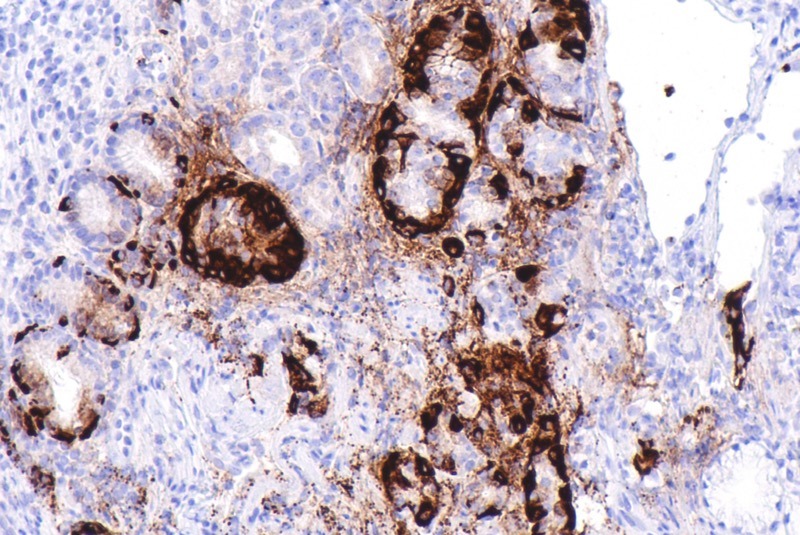In the early 1920s, Dr George Whipple lost several of his patients to a chronic illness, Pernicious anemia. The disease impairs the production of red blood cells in the body due to its inability to absorb vitamin B12.
Whipple, a physician and biomedical researcher, came from a family of doctors. A celebrated pathologist, he was appointed Dean of the University of California Medical School. Later, Dr. George Whipple was chosen as the founding Dean of the School of Medicine and Dentistry at the University of Rochester.
The highlight of Whipple’s career was his extensive research on anemia and the pathology of the liver. He began by studying anemia in dogs. Whipple drew blood from the dogs until they became anemia. The animal activists at the time were appalled by the gross violation of animal rights, and rightly so. However, the research continued. After the dogs were anemic, Whipple fed them special diets and observed their recovery.
The dogs’ diets included bread, iron pills, arsenic, and germanium oxide. None of them showed any real promise. However, one of the unconventional diets changed the course of the research. Dr George Whipple noticed that the dogs were recovering rapidly after being fed large amounts of raw liver. Whipple planned to feed cooked liver to the dogs, which was causing dramatic aftereffects in the dogs. However, the blunder of an indolent laboratory assistant led to a massive breakthrough.
This instance of serendipity led to the discovery of the active liver principle. In 1920, George Whipple published a paper on how eating liver had favourable outcomes on pernicious anemia patients. George Minot, a physician and former intern in the laboratory of the infamous Dr William Howell, learned of Whipple’s discovery and visited him. William Murphy, his colleague, tagged along. The duo decided to try raw liver as a treatment for the patients of pernicious anemia.
Forty-five patients were advised to take 100-240 grams of liver and 120 grams of ‘muscle meat’, fruits, vegetables, and milk. The patients underwent significant improvement, with reduced symptoms. The red cell count elevated dramatically, from one per cent to an average of eight per cent.
Minot and Murphy also discovered that a soluble factor, later discovered as vitamin B12, in liver juices was the reason for patients’ recovery. The duo published their results in detail in the Journal of the American Medical Association in 1926. The report analysed previous failed attempts to treat the disease by dietary treatments. The ground-breaking work of Whipple was also mentioned concerning their discovery.
George Minot and William Murphy reformed the medical field. Despite their commendable work, they chose to be cautious about their discovery. They said:
It is possible that this series of cases eventually may be proved to be unusual in that there happen to be treated a group that would have taken a turn for the better under other circumstances. Also, time may show that the special diet used, or liver and similar food is no more advantageous in the treatment of pernicious anaemia than any other nutritional diet. Let this be as it may, that at the present time, it seems to us… that it is wise to urge pernicious anaemia patients to take a diet of the sort described.”
The discoveries of Minot, Murphy, and Whipple were interrelated. The trio had helped thousands of patients suffering from anemia avoid death. Several physicians affirmed their commendable work.
They were awarded a joint Nobel Prize for physiology and medicine in 1934, becoming the first American recipients in the two fields. In his Nobel lecture, George Minot spoke about his plans regarding his research. He emphasised that “to determine the effect [of liver feeding] it was considered essential that data should be obtained in a large number of cases to be appropriately compared with controls.”
However, Minot was unable to complete his research. He died of an acute case of diabetes. William Murphy went on to teach at Harvard University Medical School; he retired in 1958. Besides the Nobel Prize, Murphy received various other coveted medical awards. He died at the age of 95 in 1987.
George Whipple worked on treatments for several other formerly untreatable diseases, including tuberculosis, pancreatitis, and regeneration of plasma protein. He was awarded various honorary doctorates by top universities in the States and became one of the trustees of the Rockefeller Foundation.
The genius of Whipple, Minot and Murphy saved the lives of thousands of anemia patients across the globe. Their ground-breaking research pointed the way forward for their successors.
-30-
Copyright©Madras Courier, All Rights Reserved. You may share using our article tools. Please don't cut articles from madrascourier.com and redistribute by email, post to the web, mobile phone or social media.Please send in your feed back and comments to [email protected]











